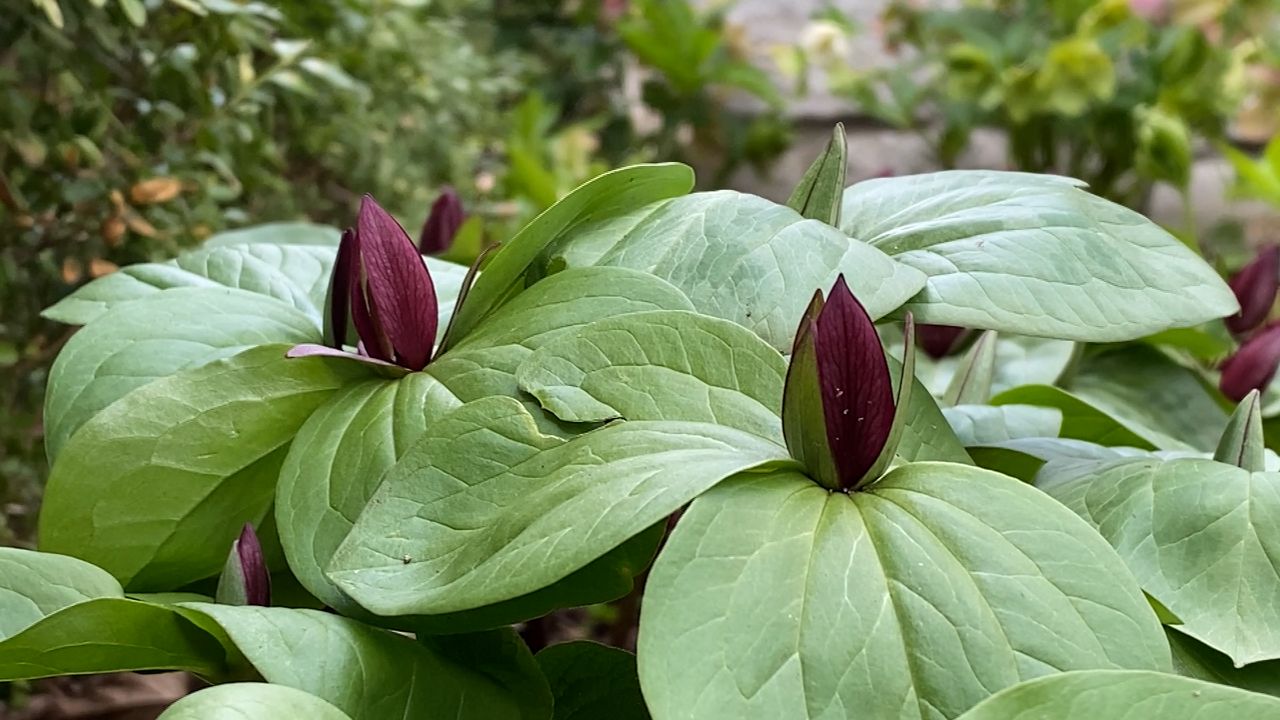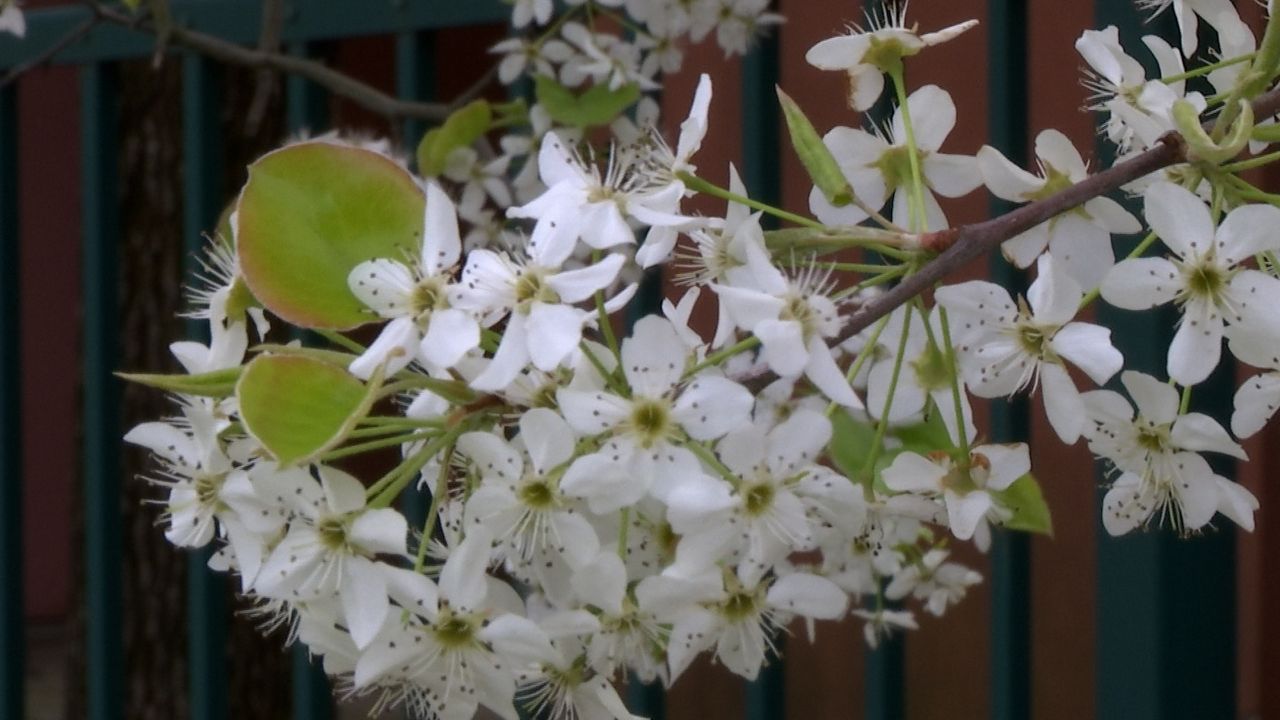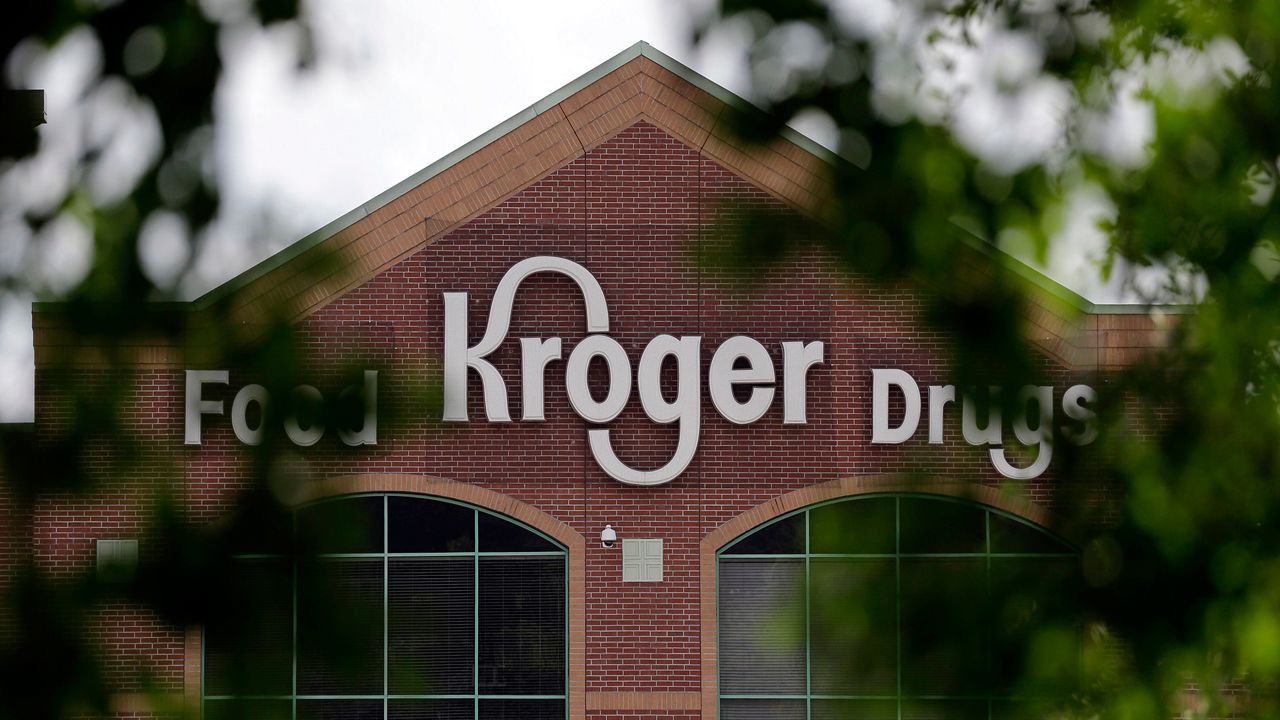CINCINNATI — In the early months of spring, roadsides, parks and suburban neighborhoods across Ohio fill with familiar white blooms. Often before the season’s last snowfall, the blossoms of the Callery Pear tree have become a sign warmer days on their way, though environmental scientists now believe those same flowers are causing more harm than good.
The Callery Pear, and specifically its Bradford species, became the latest addition to Ohio’s invasive species list, meaning the popular ornamental tree will be banned from sale across the state as of 2023. While it may be a disappointment to some, groups like Cincinnati’s Civic Garden Center see the move as an opportunity to introduce more native alternatives to help restore Ohio’s green space.

As an urban environmental nonprofit, the Civic Garden Center works to protect and sustain the green space within the greater Cincinnati region, particularly through its parks and community gardens.
Meanwhile, it’s Sam Settlemyre’s job as community engagement coordinator to introduce their values and techniques to help private gardeners grow more sustainably.
“In an urban area like this, we don’t have a lot of green space,” he said. “The more that we can find ways to sneak a couple native plants into our yards, we really need those habitats.”
It’s one of the primary goals behind the center’s native plant nursery. Every year, the Civic Garden Center hosts a native plant sale in the spring and fall to provide access to the flowers, trees, and other plants that are best suited to grow in Ohio.
“This is going to be a native perennial flower,” Settlemyre said, while trimming a young calico penstemon plant in the nursery. “So pretty quickly their [roots] are going to shoot down pretty deeply and get well established even before they start putting out all their foliage up top.”

With those deep roots, Settlemyre said plants like the calico penstemon, a flower that grows in clusters, can grow to be hardy and drought-resistant, while also giving back to the soil through carbon sequestration, the process of converting carbon dioxide from the air and storing it deep in the ground.
“A lot of times people focus on trees and there’s no question, trees are, by far, the best thing for carbon sequestration, but our native plants, because of that deep root system they are storing a lot more carbon in the soil,” he said. “And because they evolved here they also have complex relationships with the native insects.”
In mid-summer, its small purple flowers will attract pollinators and add color along the base of the garden, though Settlemyre acknowledges not a likely replacement for the Callery Pear.
Originally from Asia, the tree grows quickly, blooms early and maintains a dense, compact shape. Settlemyre said that’s why it became a popular tree to plant alongside urban and suburban streets, but despite efforts to prevent it from reproducing, the tree got into the wild, and those same traits proved problematic.
“It will, really aggressively take over areas, form dense colonies and outcompete our native plants,” Settlmyre said.
Because it’s a compact plant, many can grow in a small area and because it blooms early in the season, it has little competition for sunlight. That means it can quickly form dense canopies that choke out any plants growing underneath it.
“That’s what we’re starting to see in some of our forested areas,” Settlemyre said.

Instead, Settlemyre recommends growing trees like the Pawpaw.
“It’s gonna do really well in both shady and even some sunnier habitats,” he said. “This’ll be a really great plant that will quickly put out some shade and help you start to restore an area.”
Native to North America, the Pawpaw also grows in the same dense pyramid shape, though they bloom later in the season. Its flowers are less vibrant and plentiful than the Callery Pear, but it bears edible, tropical-tasting fruit, that Settlemyre said is growing in popularity.
“People are finally starting to put some value into those plants,” he said.
Those interested in growing and or learning more about native plants can visit the Civic Garden Center to learn more, including the best times for planting and what these plants can do to improve local greenspaces.
“It’s one thing to talk about sustainability in the context of solar panels and that kind of thing but getting to work with these hands-on projects is what really made me fall in love with this,” Settlemyre said.










